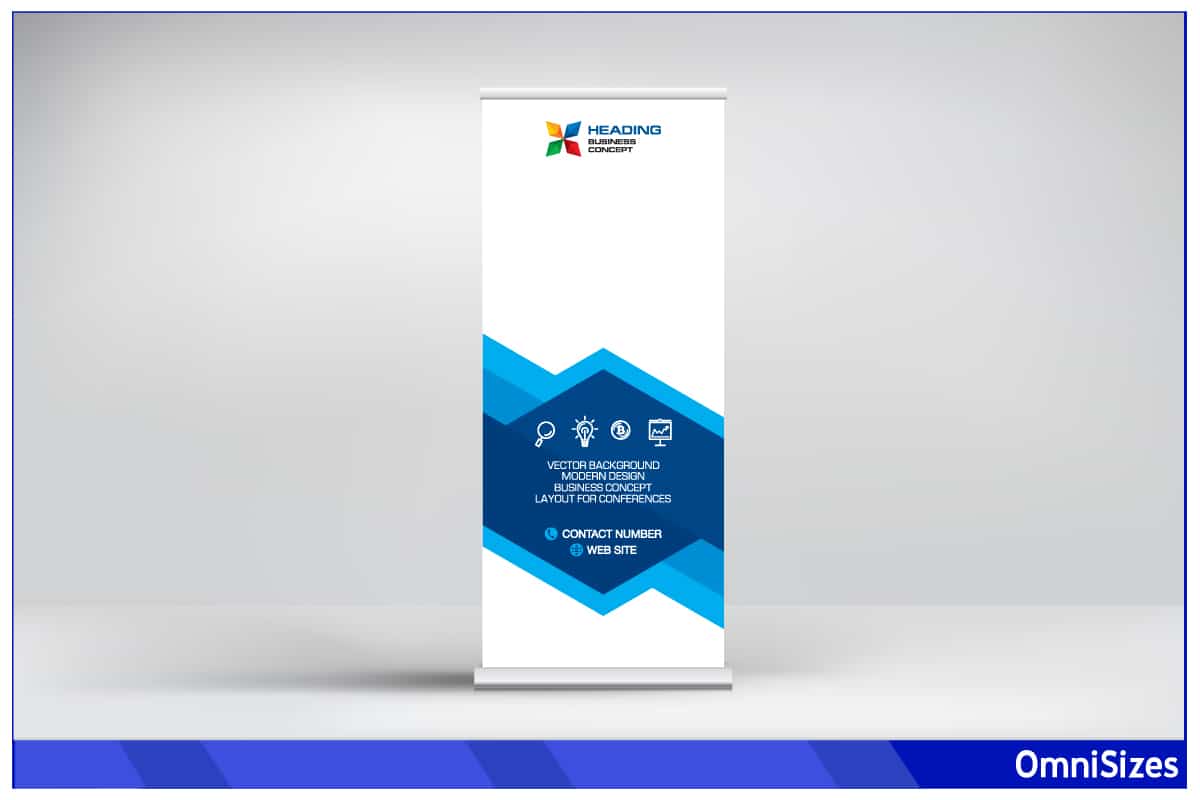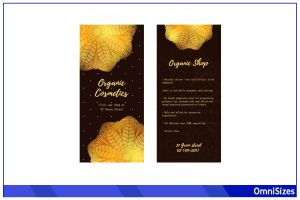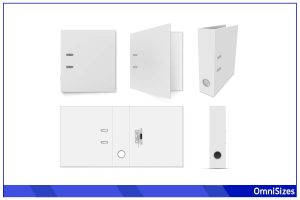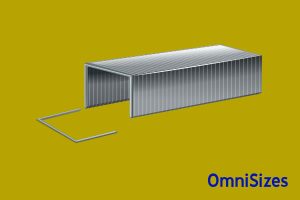Standees are versatile advertising tools used in settings like trade shows and storefronts. They attract attention, convey messages, and enhance brand visibility. The right standee sizes can make a significant difference in marketing effectiveness.
Standees vary in size, ranging from small tabletop versions to large-scale outdoor displays. Common dimensions include 24 × 61 inches for indoor use and 33 × 78 inches for larger, more visible outdoor settings. The best size depends on the intended use, space available, and audience reach.
This guide will detail various aspects of standee sizes. It will cover the basics of standee sizes, the various types, and how to choose the right size for any purpose.
Basics of Standee Sizes
Standees are a game-changer in advertising. Think of them as your silent salesperson, grabbing attention in any setting. But here’s the catch: size matters.
Defining Standees
Standees are freestanding displays, often used for marketing or promotional purposes. Imagine a life-size cutout of your favorite celebrity at a movie theater—that’s a standee for you. But businesses use them too, for advertising products, services, or events. They’re like billboards that you can move around and set up in seconds.
Standard Dimensions of Standees
Now, let’s talk sizes. Standees come in a wide range of dimensions, but there are some go-to sizes that fit most needs. The most common sizes are:
Small standees, typically around 18 × 24 inches, perfect for countertops or small spaces.
Medium standees, around 24 × 36 inches, are great for indoor events or smaller outdoor spaces.
Large standees can go up to 36 × 48 inches, making them ideal for outdoor events or places where you want maximum visibility.
Other Standee Dimensions
Speak to a handful of several makers, and they’ll offer a wide range of different standee sizes. Some of the non-standard yet popular sizes are as follows:
- 56 × 72 inches: These standees are mainly set up indoors due to their sheer size. With the right design, these things are incredibly hard to miss.
- 60 × 72 inches: If you want to cover a wide area with an advertisement, these near-square standees are an excellent choice. The thing is, the larger the standee becomes, the more unstable it becomes. So, make sure there’s plenty of room for movement on all sides.
- 72 × 72 inches: For those that really want to capture the audience’s attention, why not get a standee that measures 6 feet on all sides? Being taller than the average person, passersby from a distance would have a hard time ignoring these standees.
Different Types of Standees
In this vibrant world of standees, diversity reigns supreme. From the sleek roll-up to the sturdy X-frame, each type has its unique charm and purpose. Let’s explore these varieties to find your perfect match.
1. Roll-Up Standees
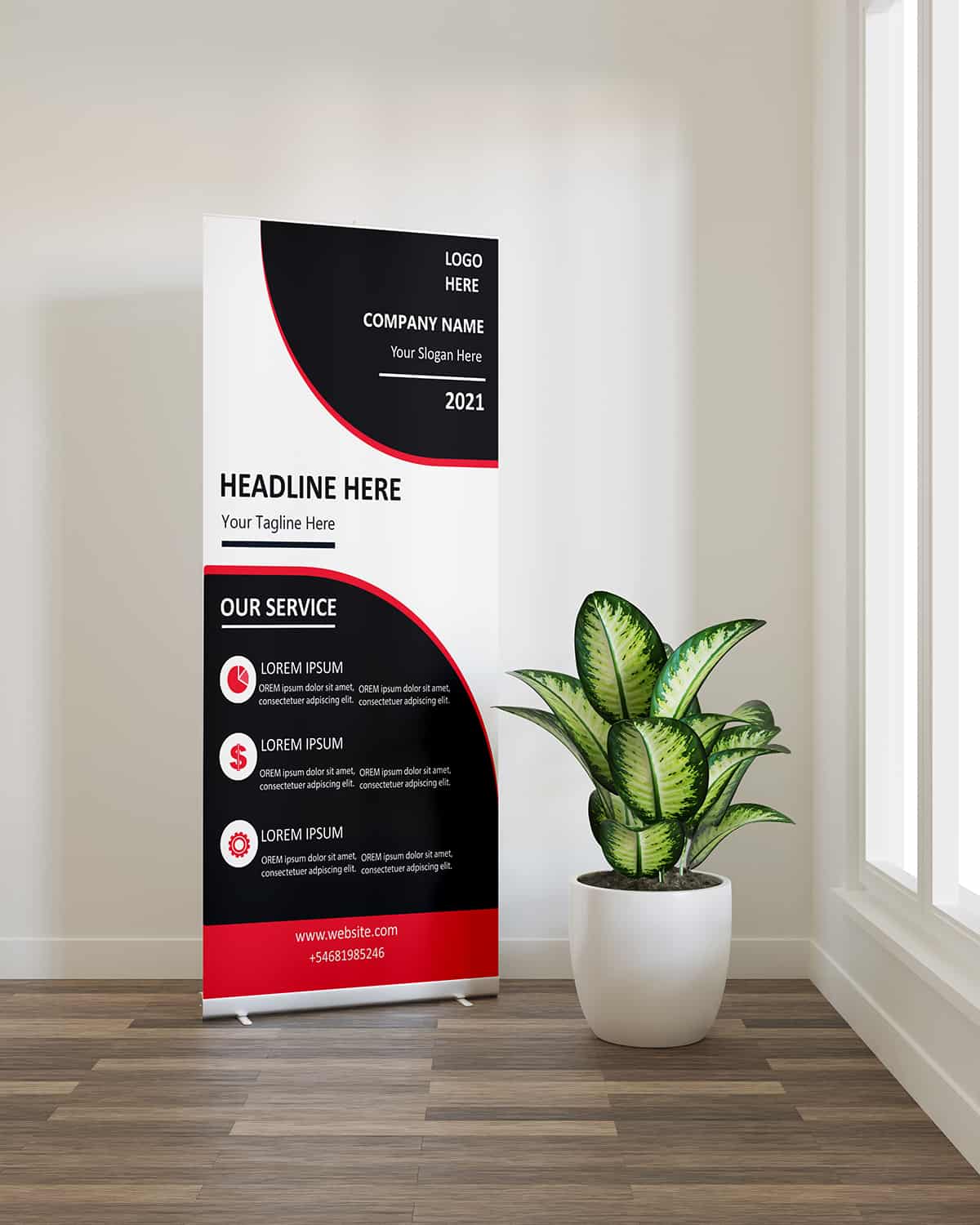
Roll-up standees are the go-to choice for marketers on the move. Imagine a poster you can roll up, easy to carry, and even easier to set up. They come with a retractable mechanism, meaning you can set them up in seconds—just pull up and voilà!
Sizes range from a modest 24 × 81 inches to a more imposing 48 × 81 inches. They’re perfect for trade shows, conferences, or anywhere you need a quick display fix. Plus, they’re durable and can be reused for months.
2. X-Frame Standees
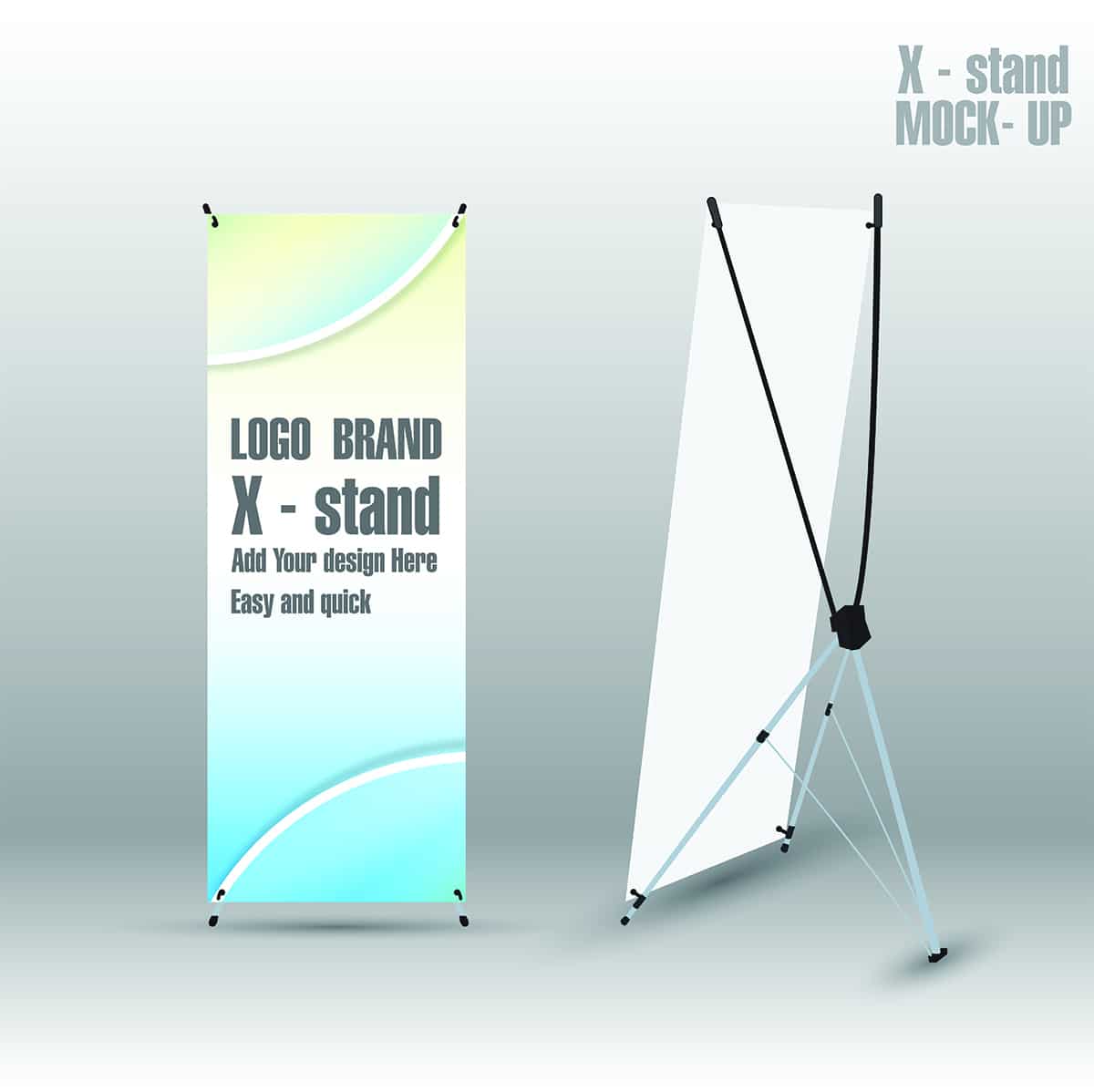
X-Frame standees, with their X-shaped frames, are the sturdy cousins in the standee family. They’re reliable and stand firm, so they’re a popular choice for both indoor and outdoor events. Sizes vary, with popular options like 24 × 63 inches and 32 × 71 inches.
These standees balance visibility with stability, ensuring your message stands tall without the risk of toppling over. And when the event’s over? They fold up neatly, ready for the next show.
3. Tabletop Standees
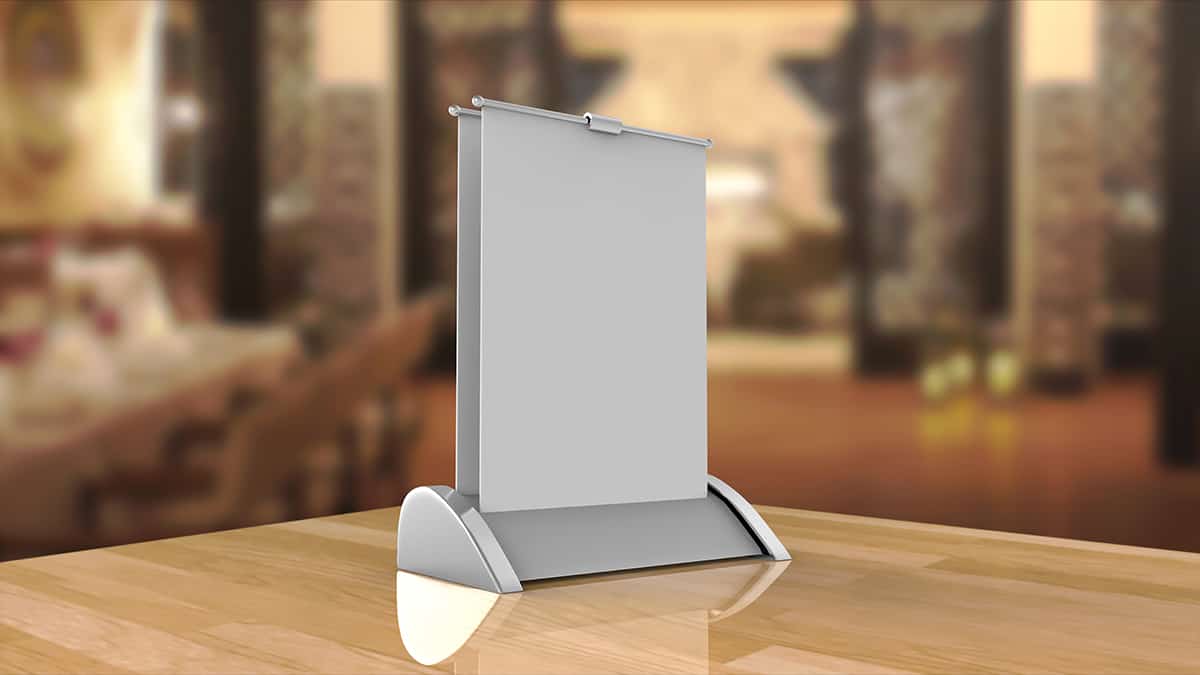
Tabletop standees are the unsung heroes of the standee world. Small yet impactful, they’re designed to fit on counters, desks, or any small space. Sizes range from a petite 8.5 × 11 inches to a larger 11 × 17 inches. They’re perfect for point-of-sale displays, promoting specials, or adding a personal touch to events.
4. Custom Shaped Standees

They can be any size, any shape—the only limit is your creativity. Want a life-size cutout of your mascot? Done. A giant replica of your product? You got it. Custom standees are perfect for creating a buzz, drawing crowds, and making your brand unforgettable.
Choosing the Right Standee Size
Picking the right size for your standee is about what fits your space, audience, and message. Let’s break it down, so you can pick the perfect size without breaking a sweat.
Standee Sizes for Indoor Advertising
Indoor spaces often mean closer engagement with your audience. Here, you don’t want a standee that overwhelms the room. Sizes like 24 × 36 inches or 18 × 24 inches work great. They’re big enough to be noticed but won’t overpower your space.
Standee Sizes for Outdoor Advertising
Here, bigger often is better. You want sizes that catch the eye from a distance—think 33 × 78 inches or even larger. They stand tall and proud, ensuring your message reaches as many eyes as possible.
Event-Specific Standees
Got a trade show, conference, or special event coming up? This is where you tailor your standee size to fit the occasion. For crowded trade shows, a roll-up standee around 24 × 81 inches is perfect. For conferences, a medium-sized standee, like 24 × 36 inches, placed strategically, can add to your presence without cramping your style.
How to Use a Standee

If you’re new to the world of standees, don’t sweat it. Here’s a quick breakdown of how to set up a standee on your own.
1. Setting Up Your Standee
Most standees come with simple, user-friendly instructions. For roll-ups, it’s a quick pull-up action. For X-frames, it’s about snapping the frame into place. Just make sure it’s secure and standing straight.
2. Ideal Placement
Put your standee where it’s most visible. In stores, place it near new products or offers. At events, position it at entrances or high-traffic areas. Just ensure it doesn’t block pathways or exits.
3. Updating Standee Content
Keep it fresh! Update your standee’s content regularly to reflect current promotions or seasonal messages. This keeps your audience engaged and your brand relevant.
4. Reusing Standees
Think long-term. Go for durable materials so you can reuse your standee. It’s cost-effective, and you can reduce waste.
